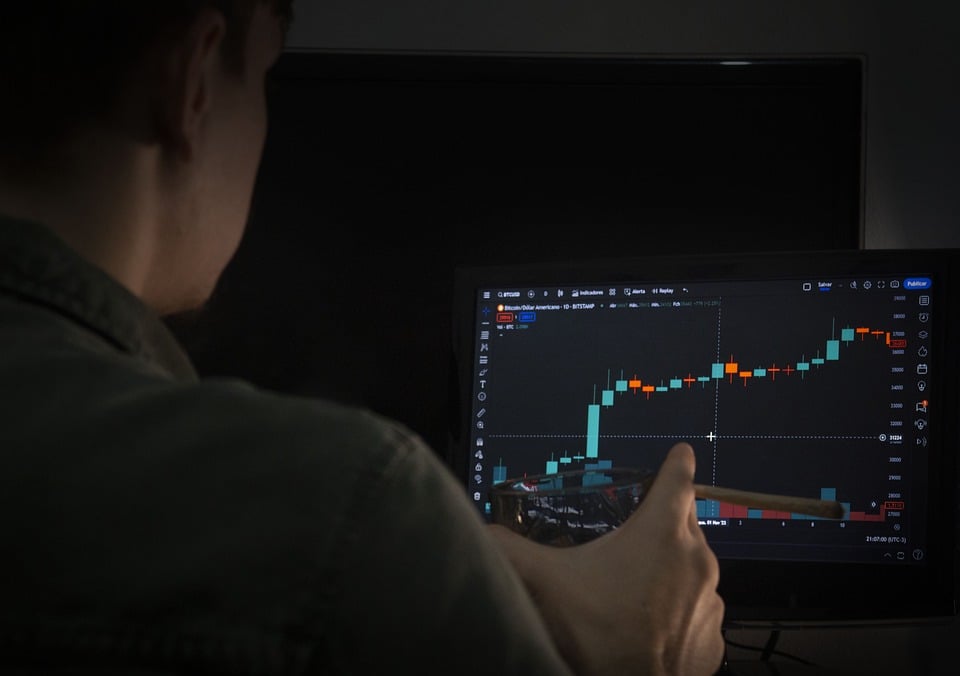Bitcoin, the pioneering cryptocurrency, has captured the world’s attention since its inception in 2009. As a decentralized digital currency that operates on blockchain technology, Bitcoin’s price has shown extraordinary volatility over the years. Investors, enthusiasts, and analysts alike have scrutinized its price chart looking for trends, patterns, and indicators that might foreshadow future movements. This article will delve into Bitcoin price chart analysis, exploring historical trends, current market dynamics, and what these factors may reveal about its future trajectory.
Historical Trends
The Early Days: The Birth of Volatility
In the early years of Bitcoin, the price was relatively stable, hovering below $1 until 2011 when it first crossed the $1 mark. The volatility began in earnest, characterized by rapid price spikes and subsequent crashes. By December 2017, Bitcoin reached an all-time high of nearly $20,000, only to plummet to around $3,000 by December 2018. These early price movements established a pattern of boom and bust cycles that would characterize Bitcoin for years to come.
The Rise of Institutional Investment
From late 2020 onwards, Bitcoin’s price witnessed unprecedented growth, fueled by increased institutional adoption. In 2020, Bitcoin surged past its previous all-time high, reaching over $60,000 in April 2021. Much of this rise was attributed to large-scale investments from institutional players like MicroStrategy and Tesla, coupled with a narrative shift that positioned Bitcoin as “digital gold” and a hedge against inflation.
Recent Corrections and Market Maturity
After reaching the $69,000 mark in November 2021, Bitcoin entered a correction phase, and by mid-2022, it had retraced to approximately $20,000. However, these corrections seem less volatile and chaotic compared to previous cycles, suggesting a potential maturation of the market. The growth of regulated financial products like Bitcoin ETFs and increasing participation from retail and institutional investors may indicate a more stable trading environment.
Current Market Dynamics
Support and Resistance Levels
A crucial aspect of chart analysis involves identifying key support and resistance levels. Support levels indicate where buying interest may emerge, while resistance levels reflect areas where selling pressure may increase. Currently, Bitcoin appears to have established significant support around the $25,000 mark and faces resistance near the $32,000 to $35,000 range. Watching these levels will be critical to understanding possible future movements.
Moving Averages and Technical Indicators
Analysts frequently utilize moving averages to smooth out price data and identify trends. The 50-day and 200-day moving averages are particularly popular. When the 50-day moving average crosses above the 200-day moving average, it forms a “golden cross,” often interpreted as a bullish signal. Conversely, when it crosses below, known as a “death cross,” it can indicate bearish sentiment.
As of late 2023, the 50-day moving average is hovering close to the 200-day average, which raises interest among traders. Additionally, tools such as the Relative Strength Index (RSI) can provide insights into whether Bitcoin is overbought or oversold, suggesting potential price corrections.
Market Sentiment and External Influences
Market sentiment plays a significant role in Bitcoin’s price movements. Factors such as regulatory developments, macroeconomic trends, and significant news events in the crypto ecosystem can heavily influence investor sentiment. For instance, announcements from central banks regarding interest rates or technological advancements, such as the Lightning Network’s optimization, can either bolster confidence in Bitcoin or introduce uncertainty.
What the Trends Reveal About the Future
A Path to Recovery and Growth
Despite the recent volatility, many analysts are optimistic about Bitcoin’s long-term potential. The established support levels and the gradual maturation of the market may hint at a recovery. If Bitcoin successfully breaks through significant resistance levels and maintains upward momentum, it could set the stage for another bull market.
Increased Adoption as a Key Driver
Institutional adoption and mainstream acceptance continue to grow, with major corporations integrating Bitcoin for payments and as part of their treasury management strategies. This trend toward adoption could lead to increased demand and sustained price appreciation over time.
Caution in Investment Decisions
While the trends and indicators may signal potential growth for Bitcoin, it’s essential to approach investments with caution. The cryptocurrency market is famously unpredictable, and external shocks can quickly alter the landscape. Investors should consider diversifying their portfolios and staying informed about market developments and global economic conditions.
Conclusion
Bitcoin price chart analysis reveals a fascinating interplay of historical trends, market dynamics, and investor sentiment. While the future of Bitcoin remains uncertain, key indicators suggest a potential for recovery, driven by ongoing adoption and stabilization in the market. However, as always, investors must exercise due diligence and remain aware of the inherent risks associated with cryptocurrency investments. As Bitcoin continues its journey, the evolving price dynamics will undoubtedly shape the narrative of digital assets in the years to come.

